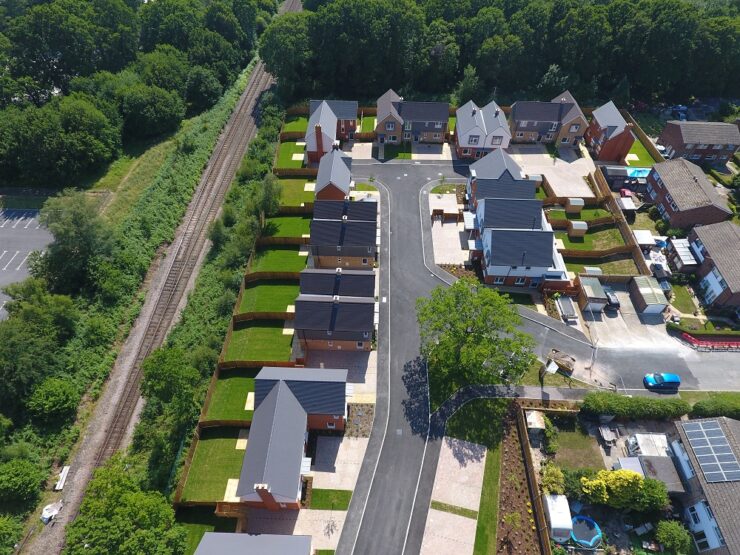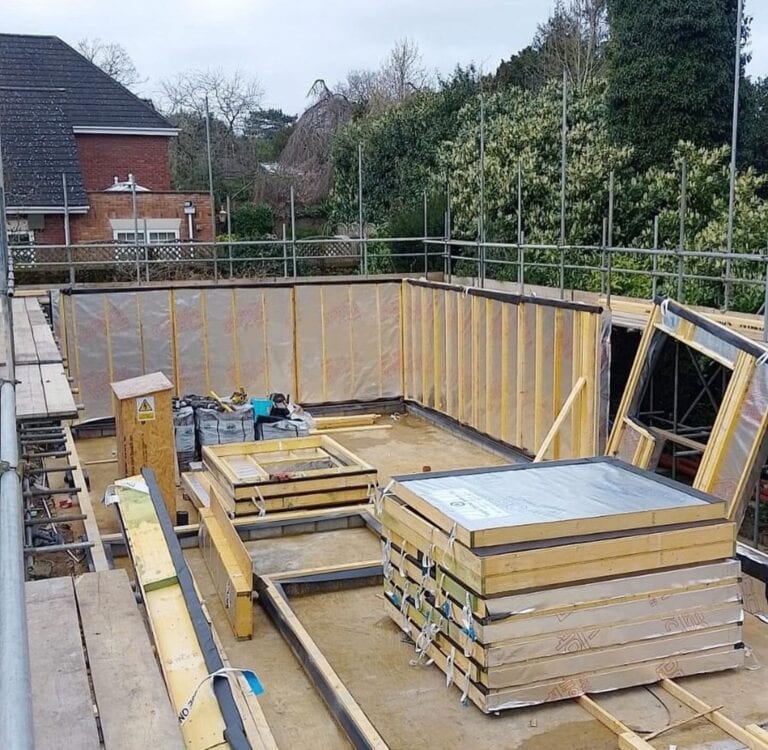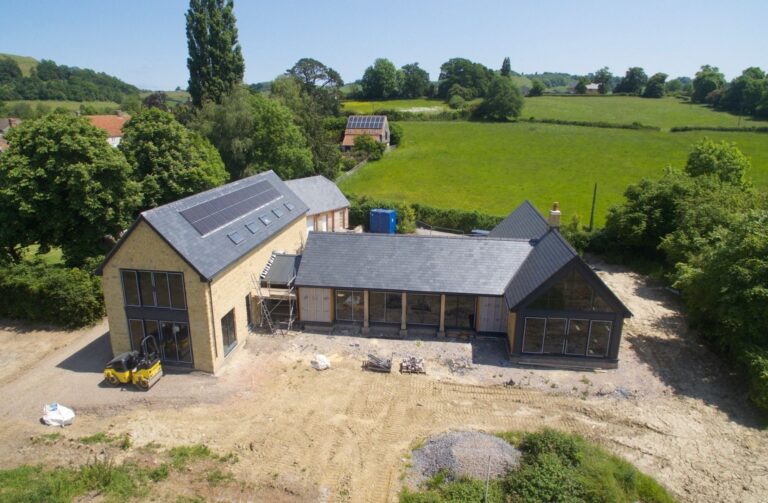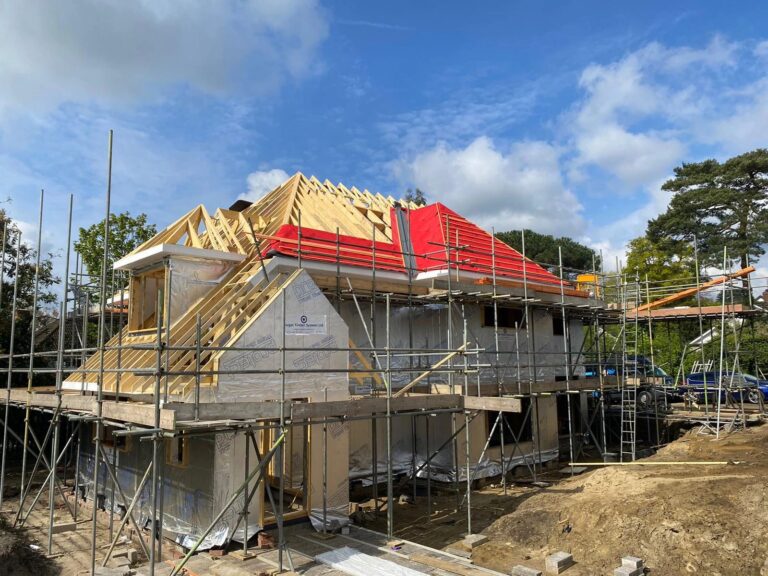
From the start of 2025, all new buildings constructed in England must comply with the new Future Homes Standard. The Standard will transform how new homes are built and will help to protect the environment and maximise energy efficiency.
The purpose of the Future Homes Standard is to ensure that new homes and non-domestic buildings will:
- Make significant carbon savings – 75% to 80% reduction in carbon emissions
- Be built to a high quality and are affordable to run using low-carbon or renewable heating technology
- Achieve building fabric efficiency with improved insulation to minimise heat loss and reduce energy bills.
The new Future Homes Standard coincides with the new government’s goal to build 1.5 million homes over the next four years. This equates to around 300,000 new homes per year. While this is challenging for the construction industry, it is achievable through the use of modern methods of construction and the most sustainable building material – prefabricated timber frames.




